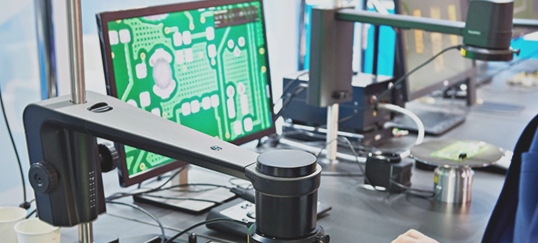Choosing the Right Surface Treatment Process for PCBs
The selection of a surface treatment process for PCBs depends largely on the type of final assembled components. The chosen process plays a crucial role in the production, assembly, and ultimate functionality of the PCB. Here, we will delve into the details of five common surface treatment processes to help you make an informed decision.
Hot Air Leveling
Hot air leveling was once a prevalent method for PCB surface treatment. Back in the 1980s, more than three-quarters of PCBs underwent hot air leveling processes. However, its usage has declined over the past decade, with only about 25%-40% of PCBs currently undergoing this treatment. While hot air leveling is known to be messy, unpleasant, and hazardous, it remains a suitable choice for larger components and wires with ample spacing. Nevertheless, in high-density PCBs, the flatness achieved through hot air leveling can pose challenges during subsequent assembly processes. Consequently, HDI boards typically steer clear of hot air leveling. Despite technological advancements enabling hot air leveling for components with smaller pitches, its practical application remains limited. Some manufacturers have shifted towards organic coating and electroless nickel/immersion gold processes as alternatives to hot air leveling. Tin immersion and silver immersion processes are also gaining traction. The industry’s move towards lead-free practices has further curtailed the use of hot air leveling, despite the introduction of lead-free variants. This shift raises concerns regarding equipment compatibility.
Organic Coating
Organic coating technology is currently employed in approximately 25%-30% of PCBs and is witnessing a surge in popularity, potentially surpassing hot air leveling. Organic coating finds applications in both low-tech and high-tech PCBs, ranging from single-sided TVs to boards designed for high-density chip packaging. It is especially favored for BGAs. When a PCB does not necessitate specific surface connectivity requirements or face limitations concerning storage periods, organic coating often emerges as the preferred surface treatment process.



